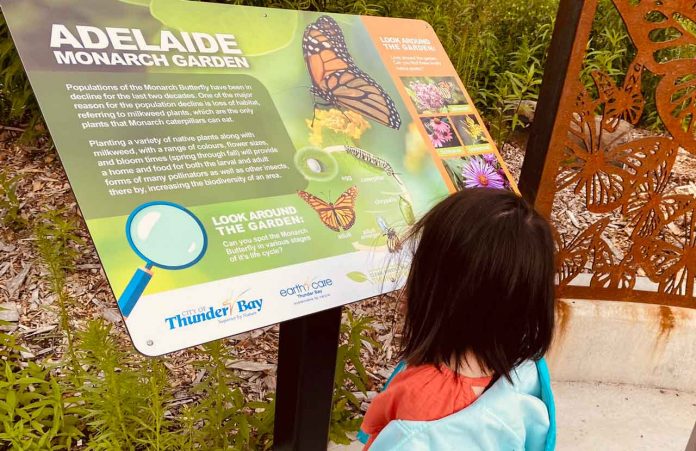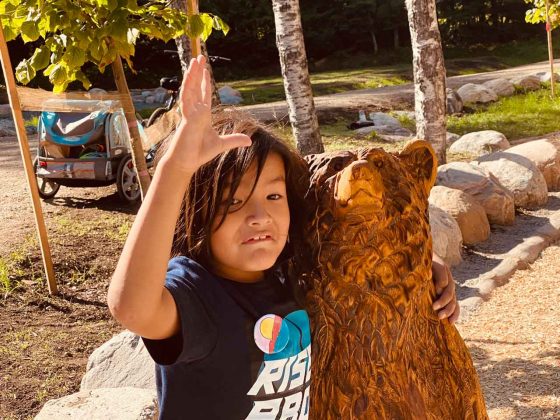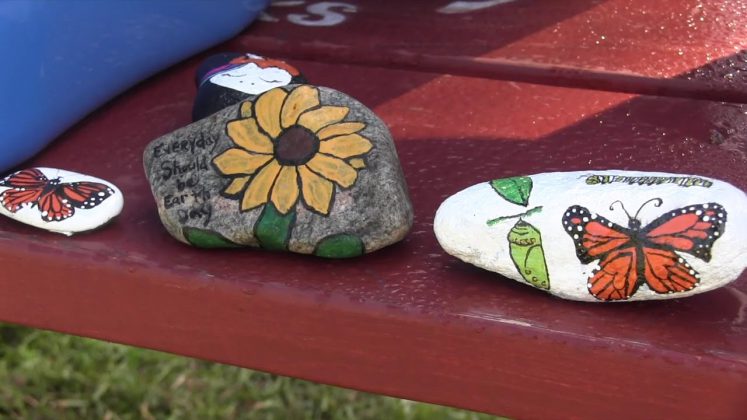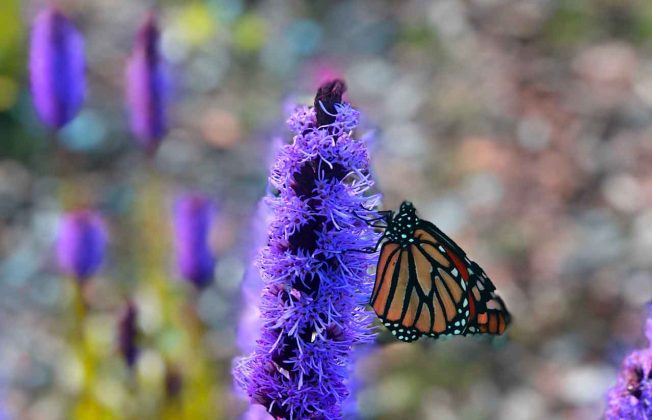THUNDER BAY – LIVING – Getting your children or grandchildren more interested in our natural world is a great way for bonding and making for an enjoyable and often screen free day.
Thunder Bay has lots of amazing places you can safely explore with your family.
From the Centennial Conservatory to the Monarch Butterfly park on the north side of Boulevard Lake, to the walking trails along McVicar’s Creek, your choices are basically limitless.
Nature walks are a fantastic way to bond with your children and grandchildren, while also introducing them to the wonders of the natural world. They provide an opportunity for physical activity, learning, and most importantly, creating lasting memories. Here are some tips on how to make the most of your nature walks with the younger generation.
1. Plan Ahead
Before you set off, do a little research about the area you’ll be exploring. Look for interesting features such as streams, ponds, or specific types of plants and animals. This will help you guide their exploration and answer any questions they might have.
2. Make it Interactive
Children love to be hands-on, so encourage them to interact with their surroundings. They can collect leaves, stones, or pinecones, or take photographs of interesting plants and animals. Remember to teach them about respecting nature and not disturbing or harming wildlife.
3. Turn it into a Game
Make the walk more engaging by turning it into a game. You could create a scavenger hunt with a list of things to find, or play ‘I Spy’ with natural objects. This not only makes the walk more fun but also encourages children to pay close attention to their surroundings.
4. Teach Them About Nature
Use the walk as an opportunity to teach your children or grandchildren about nature. Explain how plants grow, why birds migrate, or how insects pollinate flowers. If you’re not sure about something, it’s a great opportunity to learn together. You could even bring along a nature guidebook to help identify different species.
5. Encourage Quiet Moments
While it’s important to interact and engage, also encourage quiet moments to listen to the sounds of nature. This can help children develop an appreciation for the peacefulness and serenity that nature can offer.
6. Share Stories
Share stories from your own childhood about nature walks or outdoor adventures. This not only makes the walk more interesting but also helps to build a sense of family history and continuity.
7. Be Patient and Flexible
Children often like to explore at their own pace, which might involve stopping frequently to examine a bug or a flower. Be patient and let them take their time. The goal is not to cover a certain distance but to have a meaningful and enjoyable experience.
8. Reflect on the Experience
After the walk, spend some time reflecting on the experience. Ask your children or grandchildren what they enjoyed the most, what they learned, and what they would like to see or do next time. This can help them consolidate their learning and look forward to future walks.
In conclusion, nature walks can be a wonderful way to engage with your children or grandchildren. By planning ahead, making the walk interactive, and taking the time to teach and reflect, you can create a memorable experience that nurtures their love of nature.














